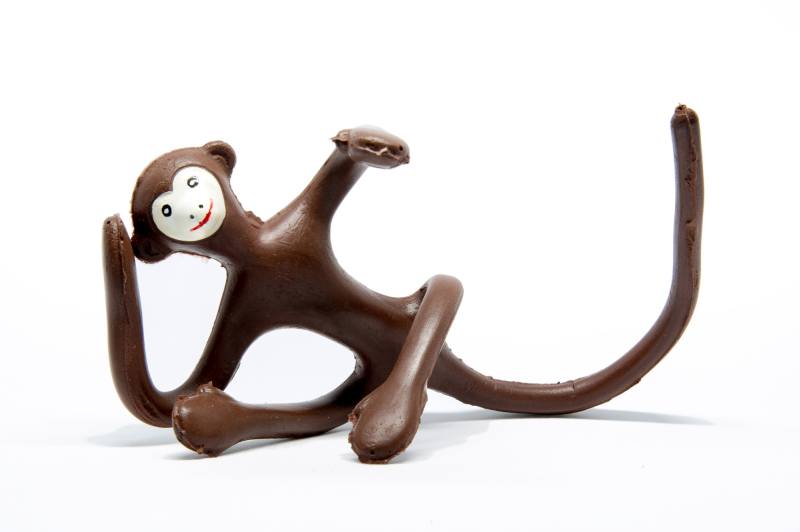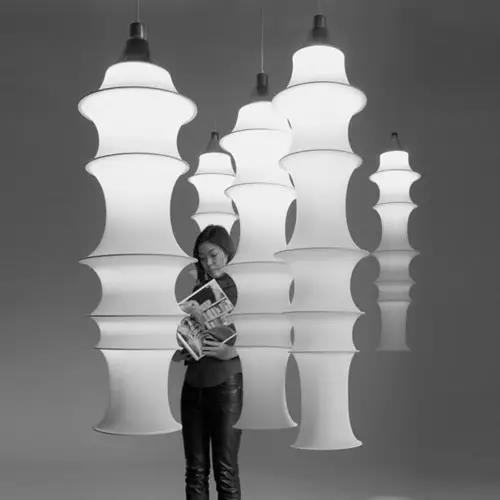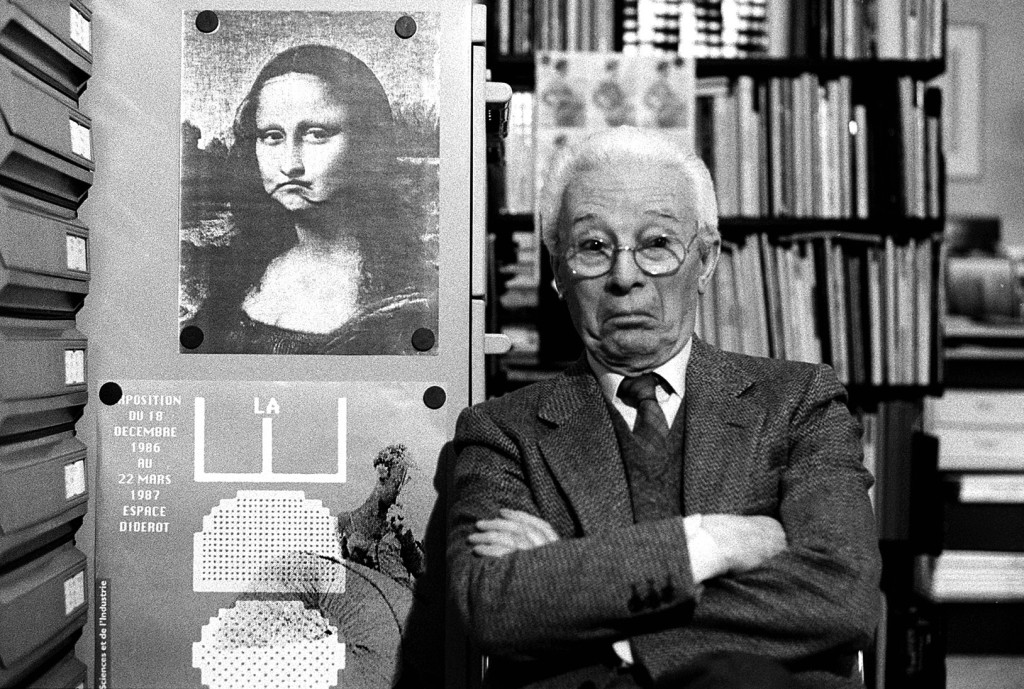Technology inspires design in the work of Bruno Munari
Italian artist, designer and writer Bruno Munari is one of my heroes.
I can imagine him in his studio, which according to Alessando Mendini was simply a very ordered 1x1 meters table in the attic of his Milan apartment, spending hours creating objects, artworks, designing books and trying everything in between.
Because all his life Bruno never stopped making all kinds of projects. He exhibited artworks with futurist; designed toys, objects and furniture; created windows for shopfronts; curated editorial publications and published children books. And that list could still go on.
But the reason while I feel especially close to Munari, as a designer working in innovation, is that for him knowing about the material and exploring hands-on the technology he was working with, is an essential part of the process. Of course, the main responsibility of a designer is to create products that are right for the purpose that they are intended for. And Bruno was very clear on it. “Art shall not be separated from life: things that are good to look at, and bad to be used, should not exist” reads one of his famous quotes. But for Munari (and also for me) to design feasible, and original products, a designer should start from technology.
One of Munari’s most famous work - for which he was awarded the Italian design award Compasso D’Oro in ‘54 - was the Zizì toy. Zizì is a monkey character made of polyurethane foam with a metal wire structure inside. So that the body is soft to touch, but heads, arms and body can be arranged in different positions.
The idea of the toy started when a manager from Pirelli, a Milan based rubber and tyres company, gave Bruno some pieces of the recently developed polyurethane foam material. So that Munari could explore what else they could do with it “beyond mattresses”, the product that the foam was generally used for.
For Munari, “touching the foam material was like ‘cuddling a pet’”, so thinking about how to make a character out of it led him to the idea of the monkey. It was by working directly with the existing material, that Munari could invent a product that was original and also that could be industrially manufactured.

A similar story happened with the Munari’s Falkland lamp, produced by Danese in 1964. In this case the starting point was quite unexpected. This is how Bruno tells it. “Since a long time I was thinking if elasticity as formal component of objects and a day I went in a stockings factory to see if they could do a lamp - We don’t do lamps, sir - You’ll see that you will. So so it was”.
And so came the shape of the hanging lamp, with the added advantage that it could be packaged in a very small space, since there are only few rigid parts. The key to that product and the reason behind its unique organic shape, was the Bruno developed its design with the material in mind, and worked around its specific properties.

For the Falkland lamp like for Zizì, the idea started from the material. In Bruno Munari’s design process, the technology is a resource to get inspired from, rather than a limitation to overcome. Bruno summarizes it very well. “The secret is that I always start from the technique, not from the art. Many start from an idea and then they try to get it done at all costs. This is not my method. If you start from you know how far you can get. An industry has specifics techniques and technologies, so you try to make with those information that you have something different.”
What I take from Munari’s approach is to be curious about technology. And especially, to learn enough to be able to explore it hands-on and figure out what things can be done. This idea certainly applies when working on industrial design products, like the ones of Munari, but I think is ever more valid when working with software and new technologies. First of all, so that we can have a sense if certain product or experience can be realized at all. But even more for inspiration, starting from the technology can be the key to creating innovative solution beyond what’s has been done already.
Yes Bruno!

References
https://www.goodreads.com/book/show/6095883-design-as-art
https://www.goodreads.com/book/show/12302521-bruno-munari
https://www.elledecor.com/it/best-of/a32826233/zizi-monkey-munari-pigomma
https://www.munart.org/doc/corriere-della-sera-23-10-2007-mendini.pdf